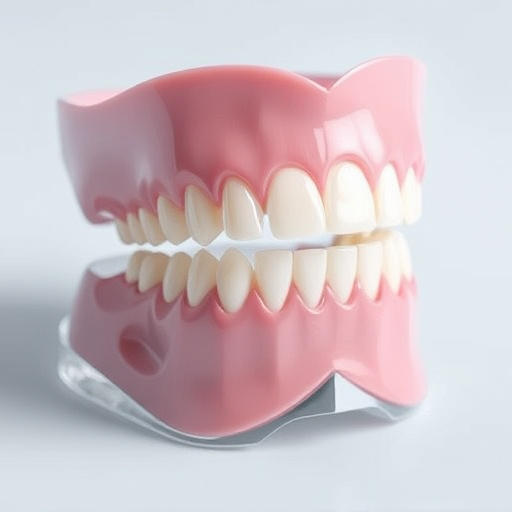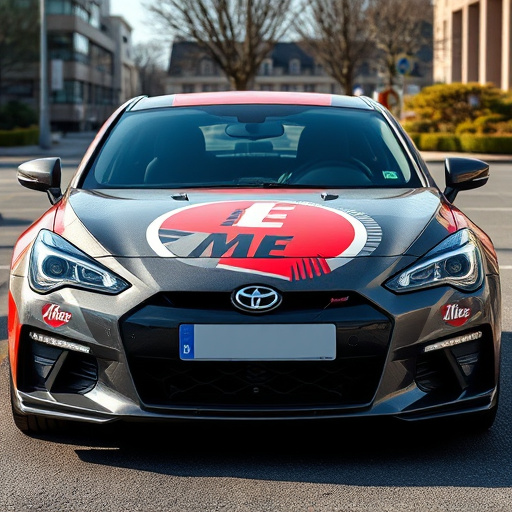A successful brand identity design goes beyond aesthetics, encapsulating a brand's essence, values, and purpose. To create a compelling identity, understand your brand's history, target audience, mission, and unique selling points (USPs). Integrate these core values into every aspect of the design to ensure instant recognition and memorability. Conduct thorough market research to differentiate your brand, focusing on unique USPs like specialized services or premium finishes, as seen in the automotive industry. This strategic approach ensures your brand identity design resonates with customers and stands out from competition.
Introducing our comprehensive guide to launching a new brand identity design that captivates and engages. Effective brand identity goes beyond aesthetics; it’s a strategic tool for differentiation and connection. To achieve this, we break down the process into three key phases: understanding your brand identity design fundamentals, crafting visually stunning elements, and consistent implementation across all touchpoints. From defining core values to creating a detailed brief and implementing guidelines, discover how to establish a powerful brand presence that resonates with your audience.
- Understanding Your Brand: The Foundation of Successful Identity Design
- – Defining your brand's core values and unique selling points
- – Conducting thorough market research to stand out from competitors
Understanding Your Brand: The Foundation of Successful Identity Design

Before diving into the design process, it’s crucial to understand your brand deeply. Brand identity design isn’t merely about aesthetics; it’s about encapsulating your brand’s essence, values, and purpose in a visually compelling way. This means delving into what makes your brand unique—its history, target audience, mission statement, and competitive edge. By gaining a clear understanding of these aspects, designers can create a brand identity that resonates with customers and sets your business apart.
Consider your brand as the protective coatings on a car—it safeguards the core while enhancing its allure. Similarly, a strong brand identity design serves as UV protection against market competition, ensuring your brand stands the test of time. A professional PPF installation (or protective film application) approach, where every element is carefully considered and integrated, will result in a cohesive and impactful visual representation that fosters customer recognition and loyalty.
– Defining your brand's core values and unique selling points

A strong brand identity design starts with a deep understanding of your brand’s core values and unique selling points (USPs). These are the pillars that define who your brand is, what it stands for, and how it differentiates itself in the market. To identify these core values, reflect on your brand’s mission, vision, and purpose. What problems does your brand solve? Who is it designed to serve? What makes your brand unique among competitors? Answering these questions will help you articulate a clear set of principles that resonate with your target audience.
For instance, if you’re launching a brand focused on automotive aesthetics, your core values might include quality, innovation, and customer satisfaction. Your USPs could be specialized services like protective coatings, window tinting, or paint correction, setting you apart from other auto care providers. Incorporating these into your brand identity design ensures that every visual element, tone of voice, and messaging strategy aligns with the essence of your brand, making it instantly recognizable and memorable to your target market.
– Conducting thorough market research to stand out from competitors

To launch a new brand identity design effectively, market research is an indispensable first step. Understanding your target audience and industry landscape is crucial for standing out in a crowded market. This involves analyzing competitors’ strategies, identifying gaps in existing offerings, and gauging consumer preferences. By delving into these insights, you can create a unique positioning that resonates with your ideal customers.
For instance, if you’re entering the automotive services sector, focusing on premium services and high-quality finishes can set you apart. Offering superior scratch protection for vehicle exteriors, for example, demonstrates attention to detail and commitment to client satisfaction. This strategic approach ensures your brand identity design not only catches the eye but also communicates reliability and excellence, fostering a strong connection with your target audience.
Launching a new brand identity requires a deep understanding of your target audience and a clear vision for your brand’s future. By defining your core values, unique selling points, and conducting comprehensive market research, you lay a solid foundation for successful brand identity design. Remember, a strong brand identity not only distinguishes you from competitors but also fosters lasting connections with your customers.














